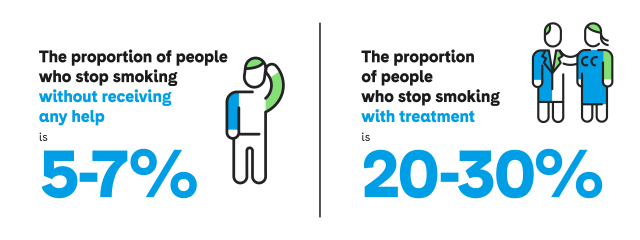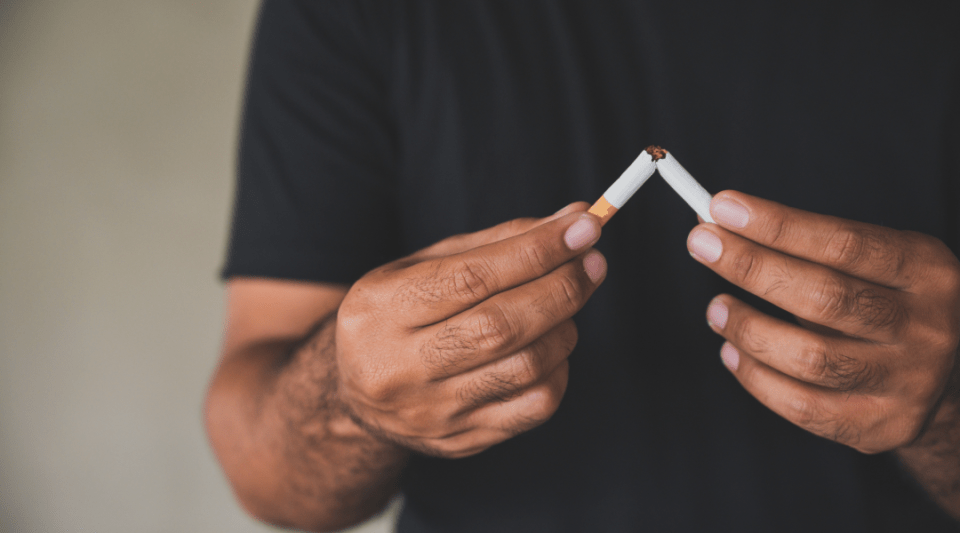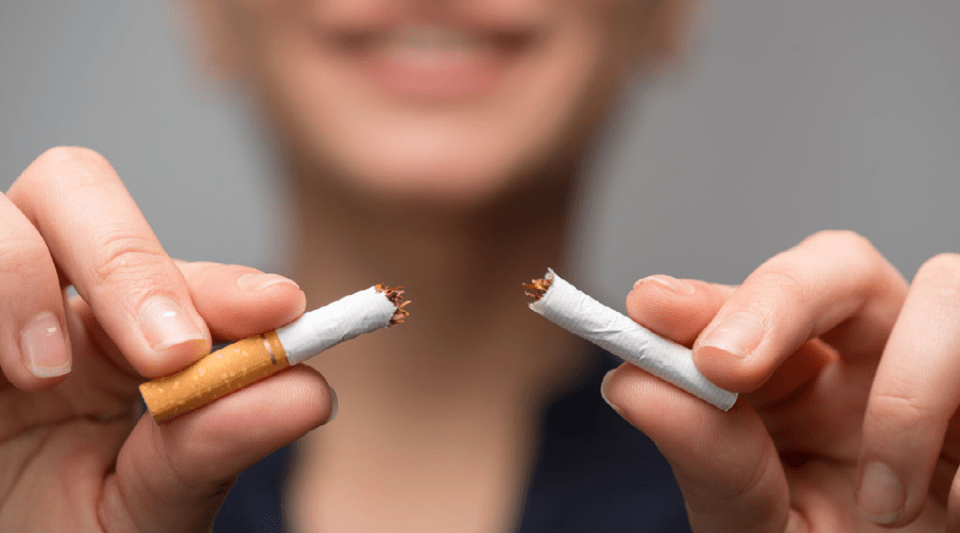30 April 2024
Substantiated information by:

Alejandro Frino
Pneumologist
Pneumology and Respiratory Allergy Service

Jacobo Sellarés Torres
Pneumologist
Pneumology and Respiratory Allergy Service

Silvia Mondón
Psychiatrist
Addictive Behaviours Unit
Published: 23 July 2024
Updated: 23 July 2024
Subscribe
Receive the latest updates related to this content.
Thank you for subscribing!
If this is the first time you subscribe you will receive a confirmation email, check your inbox
An error occurred and we were unable to send your data, please try again later.
















